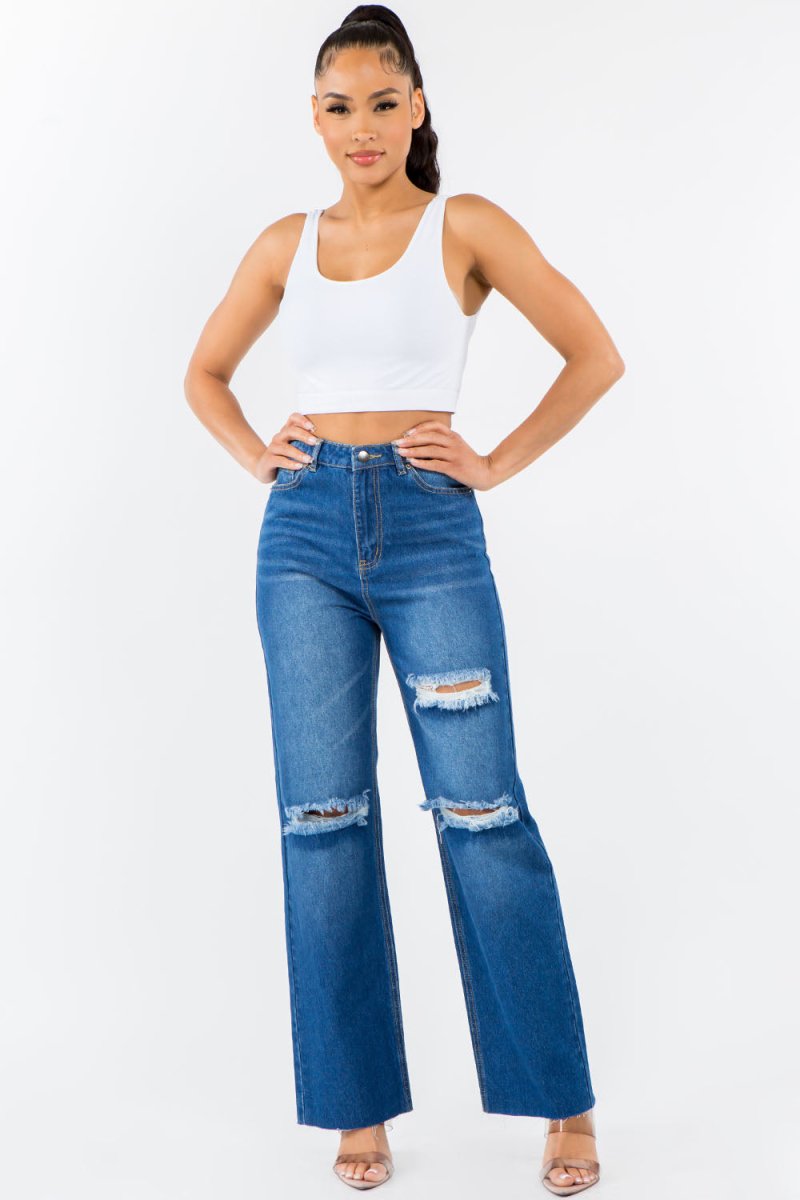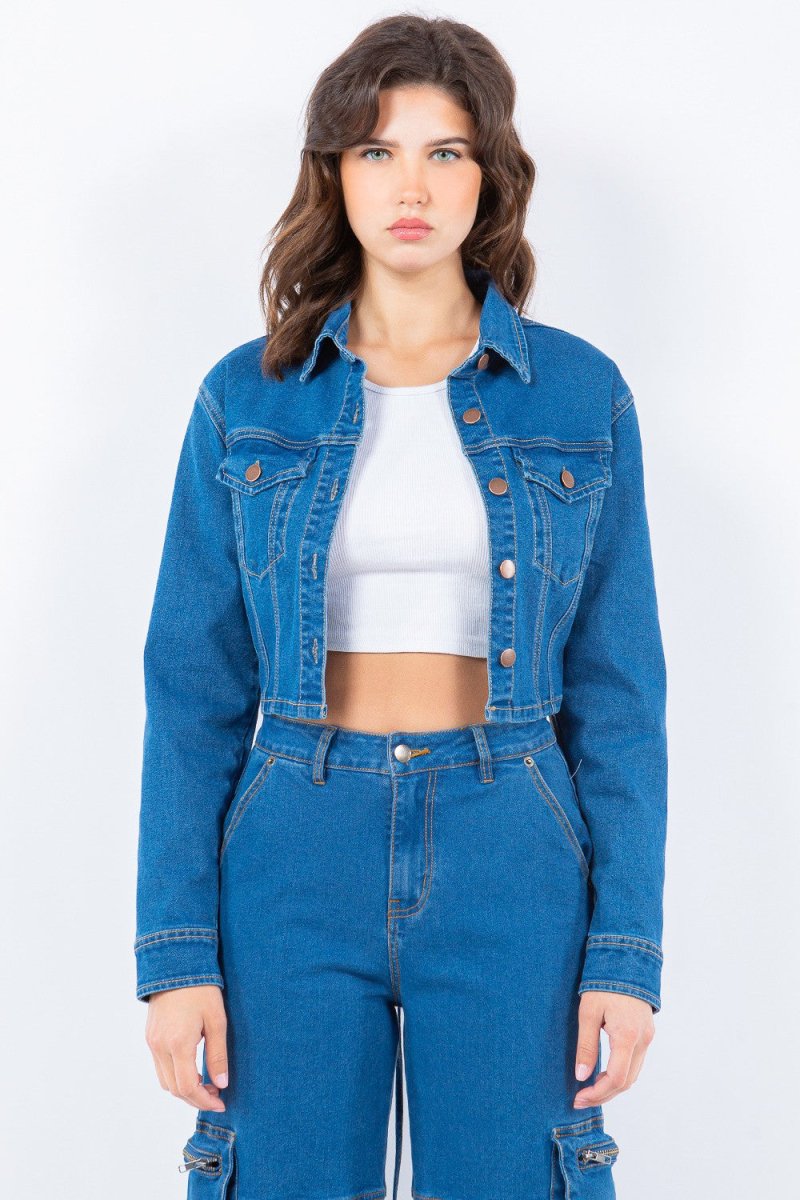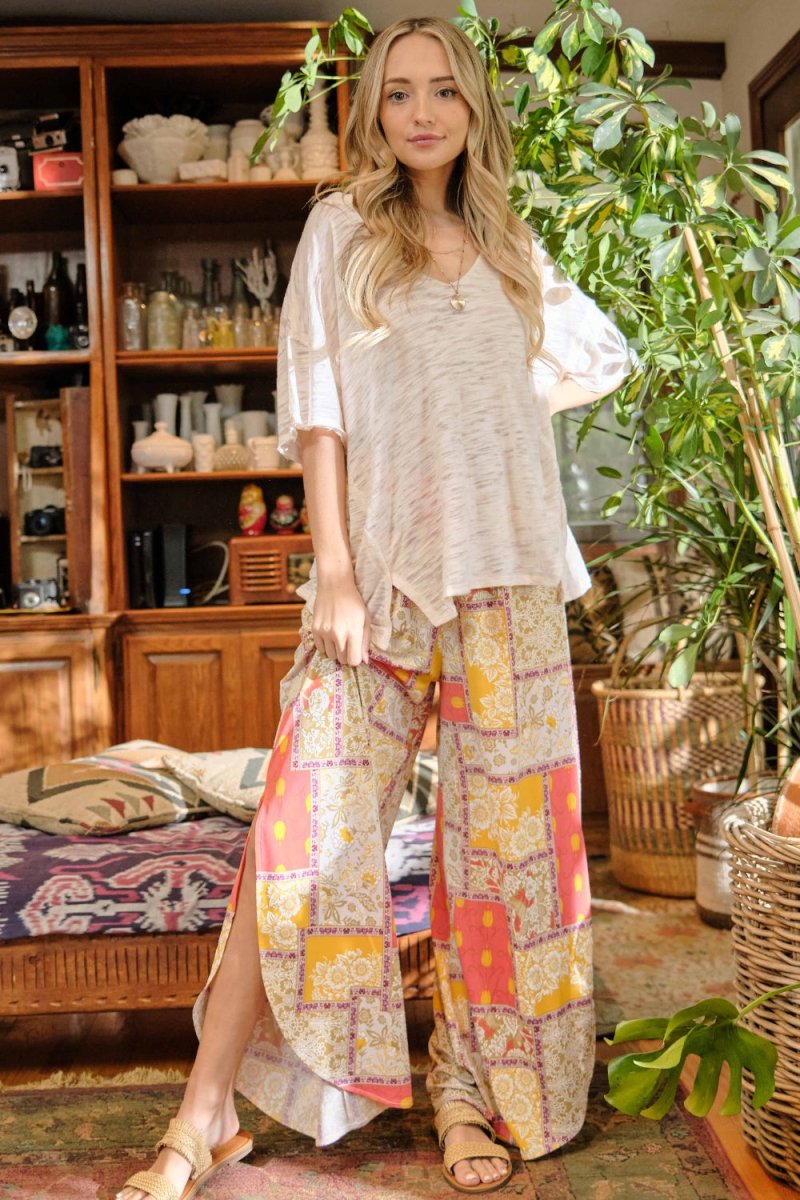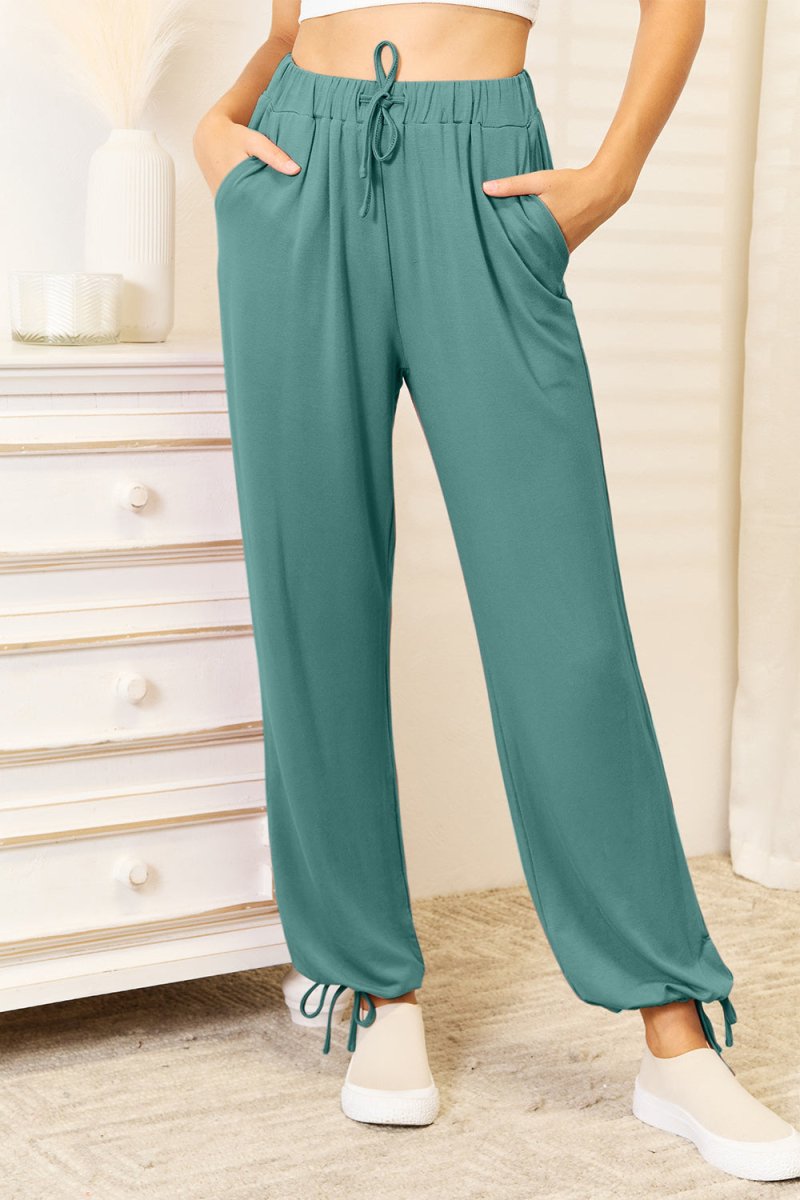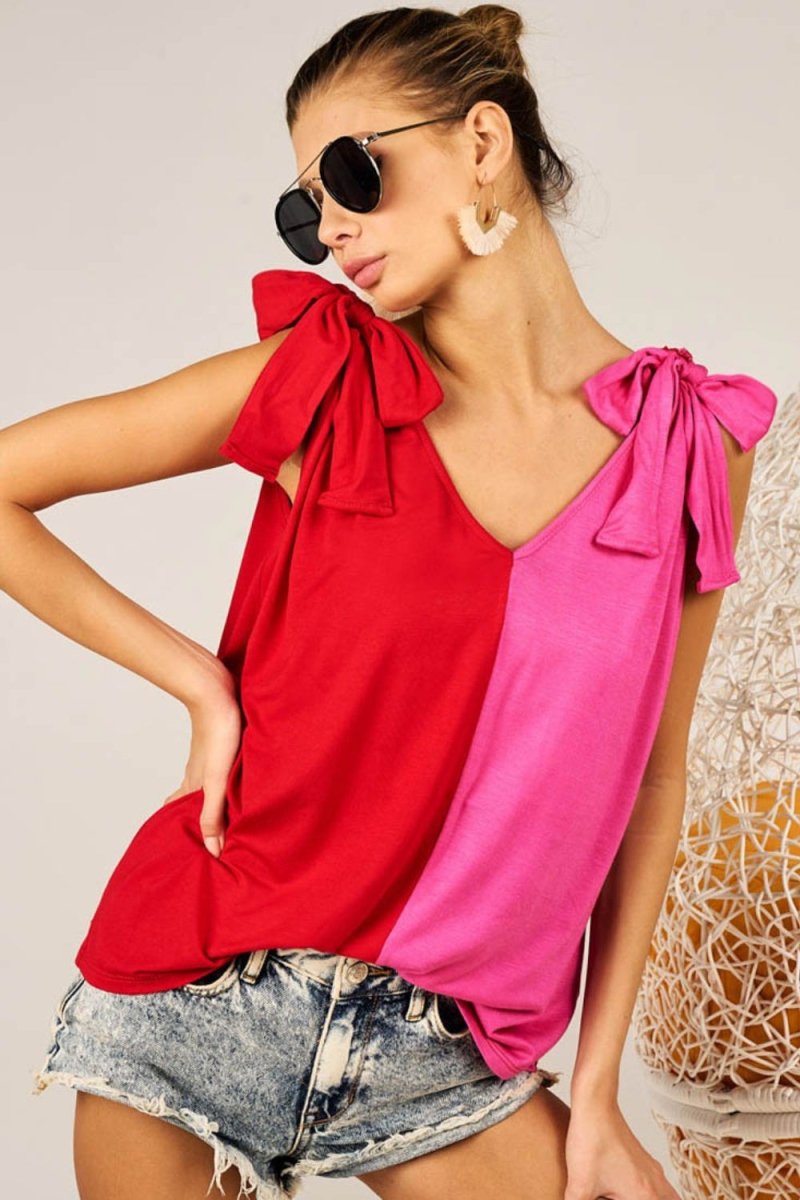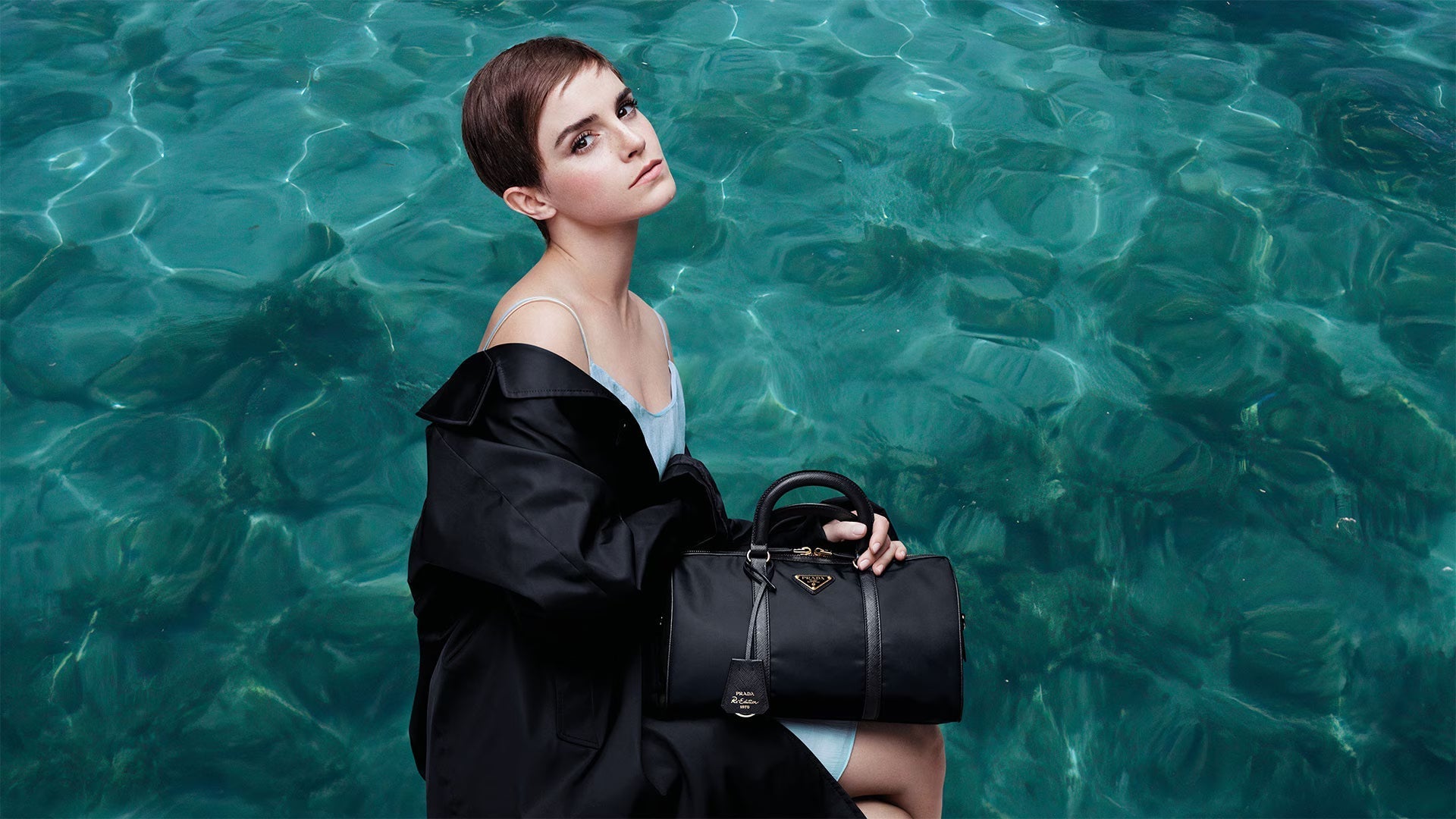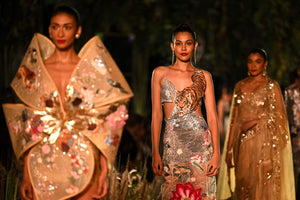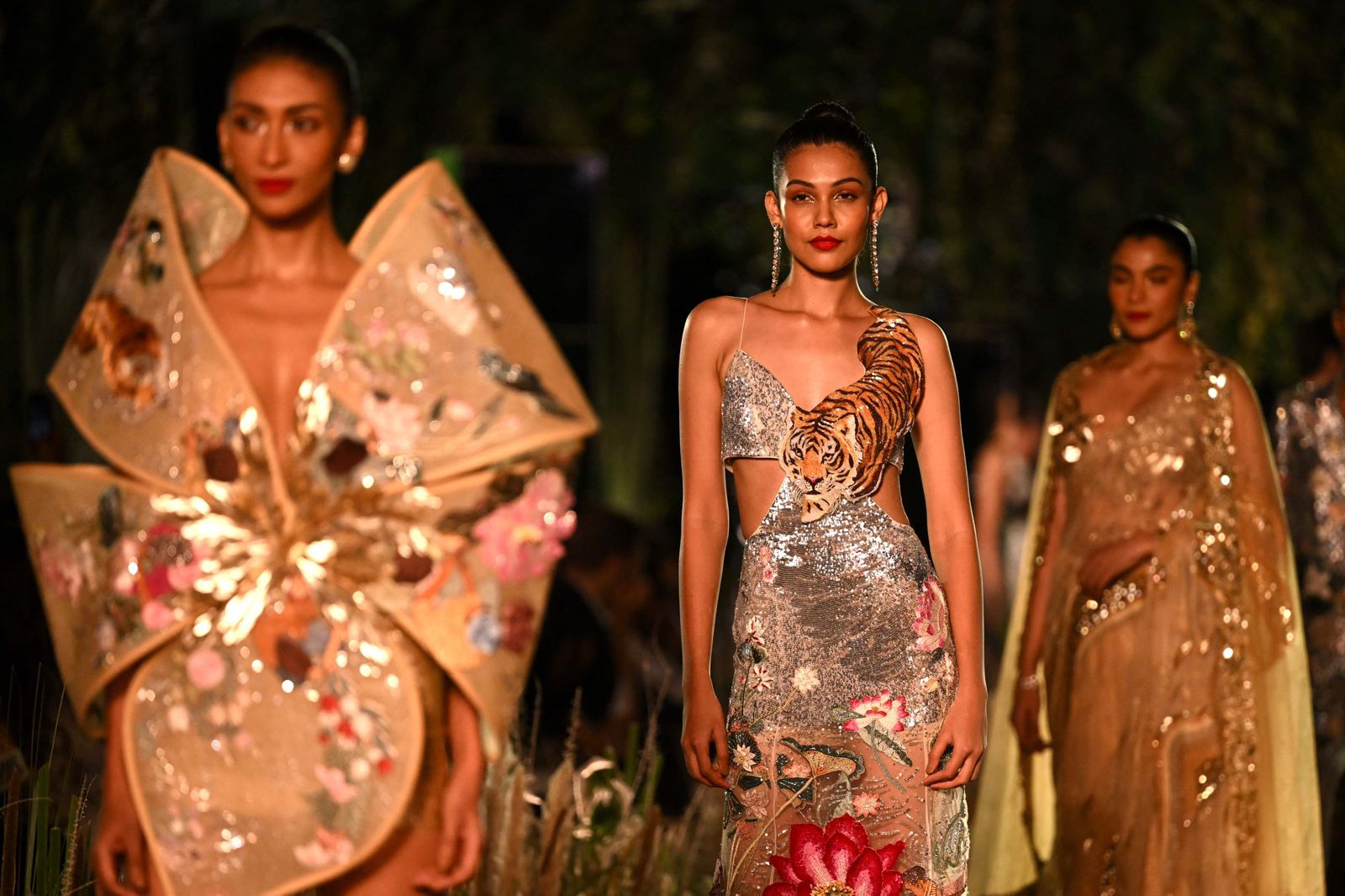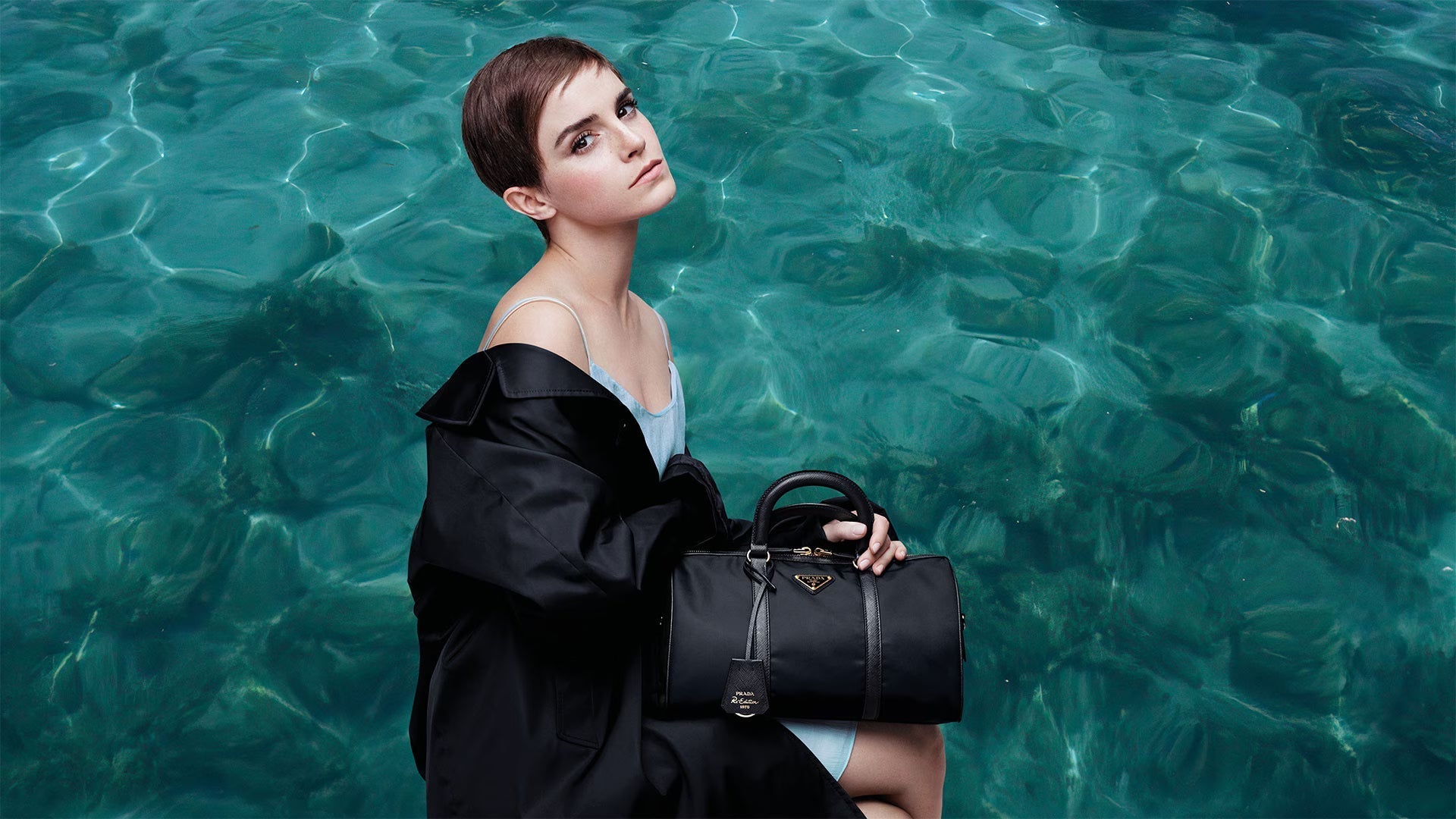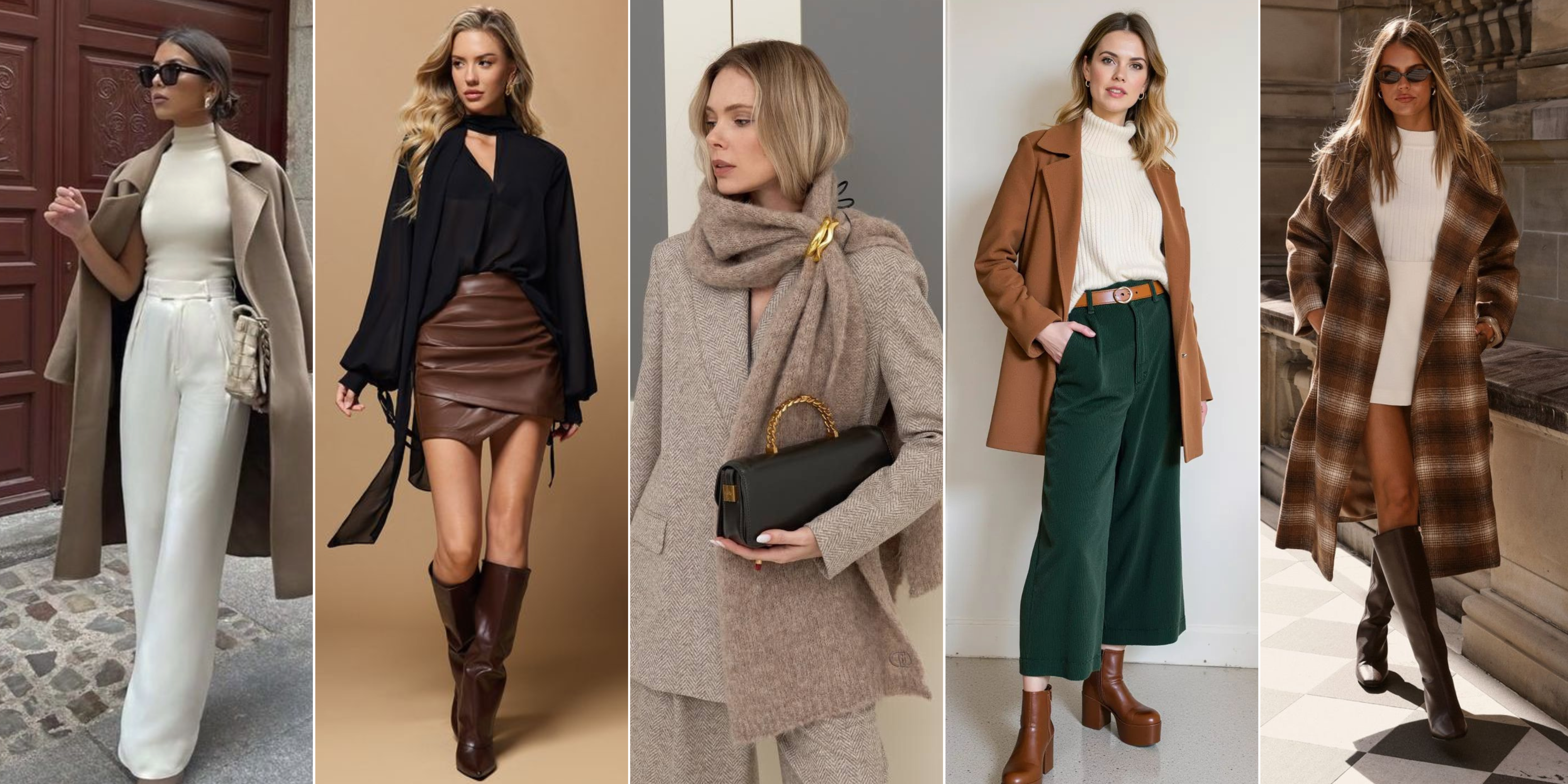As fashion undergoes one of its most transformative eras, sustainability has moved from a buzzword to a design imperative. The future of style now depends on science, innovation, and collaboration — and some of the world’s most visionary designers are leading the charge. From lab-grown fibers to mushroom leather, these pioneers are not just designing clothes; they’re redefining what fashion can be made of.
Here’s a look at the designers and brands pushing fabric innovation forward in 2025:
Stella McCartney: The Visionary of Bio-Based Fashion
Few designers embody the intersection of sustainability and luxury like Stella McCartney. A pioneer in cruelty-free fashion, she has consistently partnered with material innovators to integrate next-generation fabrics into her collections. In 2025, she collaborated with:
-
Bolt Threads to use Mylo™, a mycelium-based leather alternative that mimics the texture and durability of animal leather.
-
Keel Labs to experiment with Kelsun™, a seaweed-derived fiber that’s renewable, biodegradable, and soft to the touch.
McCartney’s approach shows that sustainability doesn’t mean compromising on design — it means reimagining it from the ground up.

Image Source - StellamcCartney
Hermès: Tradition Meets Mycelium Innovation
The French luxury house Hermès — known for timeless craftsmanship — has entered the sustainable material space by partnering with MycoWorks. Together, they’ve developed Sylvania, a premium leather-like material grown from mycelium.
What’s groundbreaking is Hermès’ willingness to blend its centuries-old artisanal heritage with cutting-edge biotech. The result is a new class of luxury accessories that are elegant, durable, and far more sustainable than traditional leather goods.
 Image Source - MycoWorks
Image Source - MycoWorks
Gabriela Hearst: Circular Luxury Champion
Designer Gabriela Hearst has built her brand around sustainability and transparency, using fashion as a platform for environmental change. Her collections incorporate:
-
Regenerated cashmere and recycled wool sourced from post-consumer materials.
-
Low-impact silks and plant-based fibers.
-
Experimental bio-fabrics from emerging material startups.
Hearst’s commitment goes beyond fabric — she champions traceability, ensuring each material’s journey from source to runway is as clean and ethical as possible.

Image Source - Rex/Shutterstock
Prada: Scaling Regenerated Textiles with Re-Nylon
Luxury powerhouse Prada has taken a bold step with its Re-Nylon project — a commitment to replacing all virgin nylon with Econyl®, a regenerated nylon made from discarded fishing nets, carpets, and industrial waste.
In 2025, Prada is also exploring partnerships with textile innovators working on fiber-to-fiber recycling and lab-grown synthetics, aiming to create scalable, circular supply chains for high-fashion garments.

Image Source - Prada Group
Adidas: High-Performance Sustainability
In the performance-wear space, Adidas is leading fabric innovation by merging technology with sustainability. Their initiatives include:
-
Collaborating with Bolt Threads for bio-based materials.
-
Launching Futurecraft.Loop, a fully recyclable performance shoe made from a single type of reusable material.
-
Experimenting with seaweed-based fibers and closed-loop polyester for sportswear.
By embedding sustainability into performance apparel, Adidas proves that innovation isn’t just for luxury — it’s essential for everyday fashion too.

Image Source - Adidas
Balenciaga: Experimenting with Circularity and Bio-Fabrics
Known for pushing boundaries, Balenciaga is exploring futuristic textiles that merge sustainability with avant-garde aesthetics. Recent collaborations include:
-
Early-stage testing of lab-grown fibers and bioplastics for outerwear.
-
Integration of recycled synthetics and circular polyester into core collections.
While still in its experimental phase, Balenciaga’s material innovation signals a future where fashion and science converge seamlessly.
Image Source - Balenciaga
The EPHEATM Coat is made from bio-fabricated mushroom material
The Bigger Picture: Designers as Material Innovators
What unites all these names — from Stella McCartney to Adidas — is a shared vision: to change fashion from the fiber up. They understand that sustainability isn’t just about how clothes are made or who makes them — it’s about what they’re made of.
By embracing partnerships with biotech startups, investing in research, and championing new materials, these designers are proving that innovation is not just a trend — it’s the foundation of fashion’s future.
Final Thought
Fabric innovation isn’t confined to labs — it’s thriving in the hands of visionary designers who dare to experiment. These pioneers are reshaping our wardrobes and reimagining the possibilities of sustainable fashion. Their work proves that the next era of style will be as responsible as it is revolutionary.


